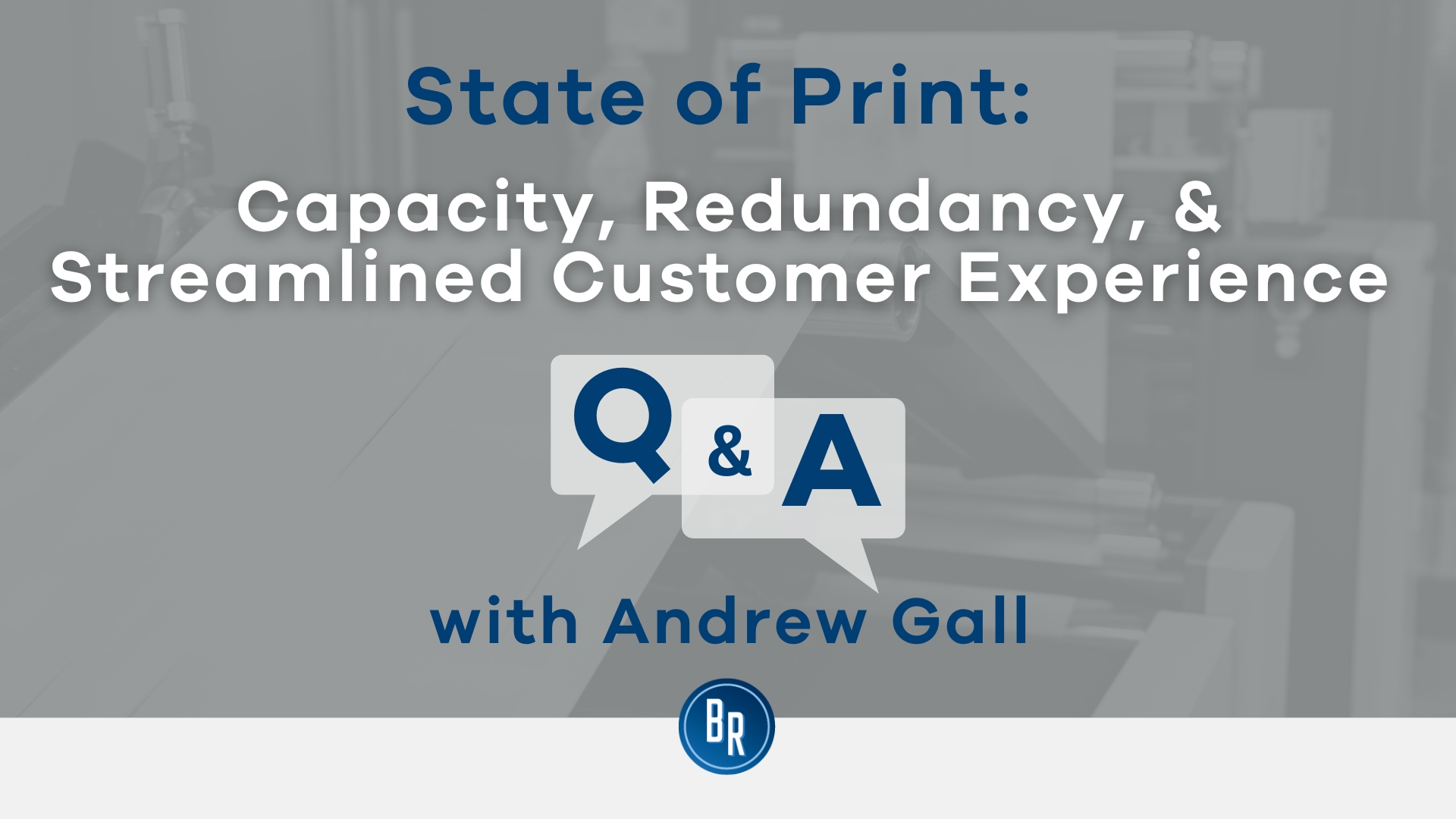Who Pays Redundancy Money? A Detailed Overview for Companies and Employees
Who Pays Redundancy Money? A Detailed Overview for Companies and Employees
Blog Article
Exploring the Interaction Between Company Redundancy and Organizational Versatility for Future Growth
In the vibrant landscape of today's company globe, the detailed relationship between business redundancy and business flexibility emerges as a critical element for sustained growth and success. Firms frequently deal with the difficulty of striking a fragile equilibrium between preserving a level of redundancy to minimize risks and promoting versatility to react swiftly to the ever-evolving market demands.
Relevance of Company Redundancy
Business redundancy is a critical element that improves business resilience and alleviates operational threats. By including redundancy measures within the organizational framework, companies can much better endure unpredicted disturbances and variations in the business environment. Redundancy functions as a strategic buffer, allowing companies to adjust and react properly to unanticipated obstacles without endangering important operations.
One key element of the significance of business redundancy is its role in guaranteeing continuity during times of crisis. When confronted with abrupt adjustments or emergency situations, repetitive systems, resources, or personnel can action in to preserve important functions and avoid extensive disturbances. This connection not only safeguards the firm's online reputation and consumer trust fund yet likewise lessens monetary losses and operational downtime.

Techniques for Business Flexibility

Another vital strategy is investing in innovation and framework that can sustain flexibility and scalability. Executing electronic devices, automation, and information analytics can simplify procedures, improve efficiency, and offer useful understandings for informed decision-making. Furthermore, producing versatile business frameworks that permit for fast adjustments to market dynamics and client requirements is necessary for remaining affordable in a swiftly advancing setting. By proactively recognizing possible disturbances and possibilities, companies can proactively adapt and thrive in an ever-changing company landscape.
Harmonizing Redundancy and Versatility
Accomplishing an unified stability in between functional redundancy and business flexibility is paramount in browsing the intricacies of a vibrant company environment. Redundancy within a company gives a safety and security web, making certain connection and stability in procedures. Nonetheless, an extra of redundancy can cause ineffectiveness and impede versatility to transforming market problems. On the other hand, organizational flexibility enables firms to react promptly to outside interruptions and seize brand-new chances. Striking the right equilibrium in between redundancy and versatility is a delicate process that requires a deep understanding of the company's goals, industry characteristics, and danger resistance.
To attain this equilibrium, firms require to conduct regular evaluations of their procedures to recognize locations where redundancy is essential for risk mitigation and where versatility can drive advancement and development. Applying adaptable structures, promoting a culture of constant understanding and improvement, and encouraging open interaction across all levels of the organization are vital strategies to integrate redundancy and adaptability successfully. By lining up these 2 important aspects, business can position themselves for sustainable development and success in an ever-changing service landscape.
Situation Research Studies on Adaptation Success
In analyzing instances of effective organizational adaptation, it comes to be obvious that the interplay between functional redundancy and versatility is a defining consider forming durable companies. One compelling study is that of Netflix. Initially a DVD rental solution, Netflix demonstrated remarkable flexibility by transitioning into a streaming platform when digitalization interfered with the market. By strategically buying innovation and content production, Netflix not only thrived however survived in a swiftly developing market. Another standout instance is Amazon. helpful site Starting as an on the internet bookstore, Amazon constantly adapted its service model, increasing into varied industries such as cloud computer and expert system. This versatility permitted Amazon to stay in advance of competitors and satisfy changing consumer needs. Lastly, Adobe gives a notable image of successful adaptation. The firm shifted from marketing software licenses to a subscription-based version, guaranteeing recurring earnings streams and improved consumer interaction. These case researches highlight the importance of functional redundancy coupled with business versatility in cultivating long-lasting growth and competition.
Structure Durability for Future Development
Structure durability for future growth requires a calculated positioning of functional procedures with market dynamics and arising patterns. Companies must adjust to changing environments by promoting a society of flexibility, technology, and constant improvement.
In addition, fostering solid relationships with stakeholders, such as clients, employees, distributors, and the neighborhood, is important for weathering unpredictabilities and preserving trust fund and support during rough times. Reliable communication and openness play an important duty in building strength, as they help facilitate and line up assumptions cooperation in navigating unpredictabilities.
Additionally, companies need to prioritize learning and advancement campaigns to upskill employees and outfit them with the required devices to adapt to altering conditions. By buying their workforce, business can enhance their adaptability and dexterity, inevitably enhancing their strength for sustainable future development.
Conclusion

In the vibrant landscape of today's service world, the detailed partnership between firm redundancy and organizational flexibility emerges as a crucial aspect for continual growth and success. Companies commonly deal with the obstacle of striking a delicate equilibrium in between maintaining a degree of redundancy to reduce dangers and fostering versatility to respond quickly to the ever-evolving market needs.To accomplish this balance, business require to perform routine assessments of their operations to recognize areas where redundancy is necessary for threat reduction and where flexibility can drive development and development.In conclusion, the interaction in between company redundancy and organizational versatility is crucial for future growth. Building durability with a mix of redundancy and flexibility will certainly make my blog certain that companies are prepared i thought about this for the challenges of the future.
Report this page